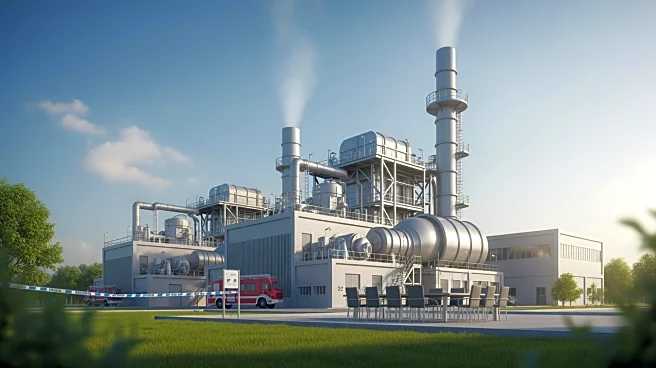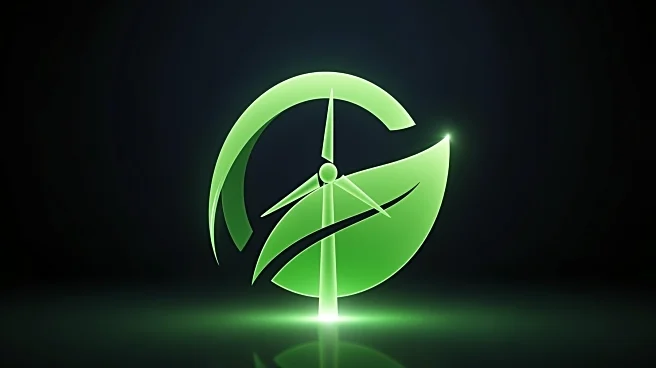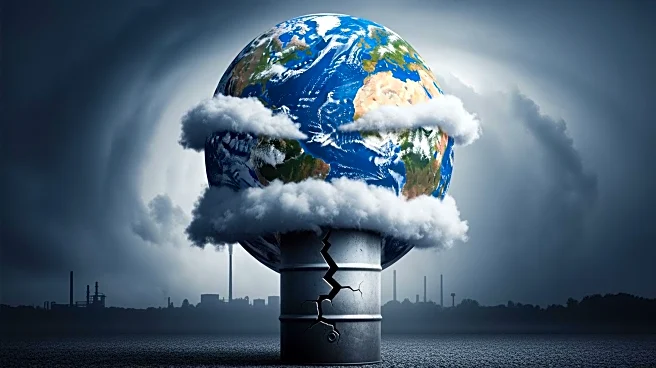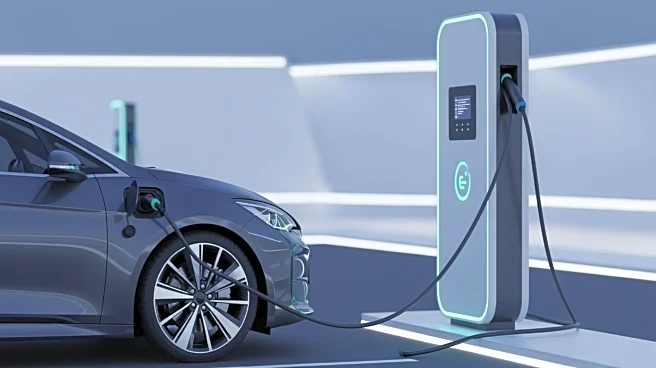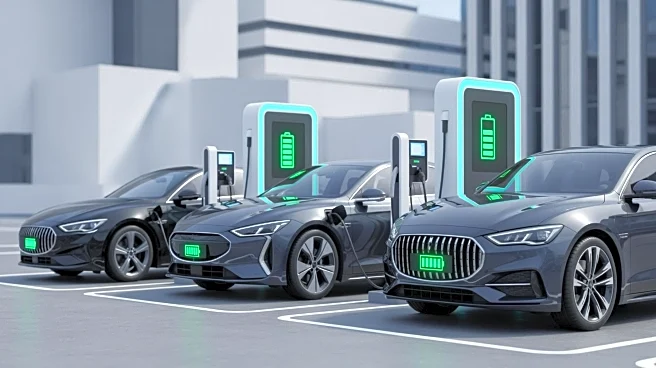What's Happening?
The Energy Department is actively working to ensure the responsible development of fossil energy sources, including oil, coal, and natural gas, which are non-renewable resources formed from prehistoric
organic matter. These resources are crucial for electricity production, heating, and transportation. However, the burning of fossil fuels has been identified as a major contributor to human-caused emissions over the past two decades. The department maintains emergency petroleum reserves and oversees the development of oil and gas resources, while scientists at national labs are developing technologies to reduce carbon emissions and integrate fossil energy into America's clean energy future.
Why It's Important?
Fossil fuels are central to the U.S. energy landscape, providing a significant portion of the nation's electricity and heating needs. However, their environmental impact, particularly in terms of greenhouse gas emissions, poses challenges for sustainable development. The Energy Department's initiatives aim to balance energy needs with environmental concerns, ensuring that fossil fuels can be part of a cleaner energy future. This approach is crucial for reducing the carbon footprint and mitigating climate change effects, while maintaining energy security and economic stability.
What's Next?
The Energy Department is likely to continue its efforts in carbon storage research and development, aiming to minimize the environmental impact of fossil fuel usage. This includes advancing technologies for carbon capture and storage, which could play a significant role in reducing emissions from fossil fuel combustion. Additionally, the department may focus on increasing the efficiency of fossil fuel extraction and usage, as well as exploring alternative energy sources to complement fossil fuels.
Beyond the Headlines
The integration of fossil fuels into a clean energy future involves complex challenges, including technological advancements, policy changes, and economic considerations. The transition to sustainable energy sources requires significant investment and innovation, as well as collaboration between government, industry, and research institutions. The long-term goal is to achieve a balance between energy security, economic growth, and environmental protection.
